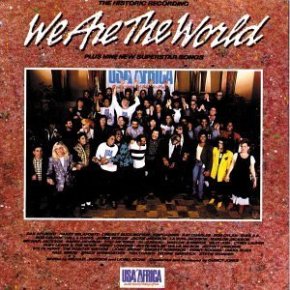This is the final week of our introductory unit and the first week of unit 2: Music and Revolutions. For Monday, we will focus on warfare and conflict by reading two chapters from Steve Goodman’s Sonic Warfare and Bill Rolston’s essay about the Irish conflict in rock music. As you read these, I want you to focus on how their perspective on music’s efficacy differs from what we have read so far. Remember, every author we have covered in this unit has fundamental disagreements about how music acts in the context of resistance and social protest.
Thursday marks the beginning of our second unit on Music and Revolutions. We begin that unit with Part IV from Annabelle Sreberny- Mohammadi and Ali Mohammadi’s Small Media, Big Revolution on the Iranian Revolution. While this is the beginning of our Revolutions unit, this reading also acts as a theoretical text for how different media act in political revolutions.
UPDATE: Here is a link to the music.

